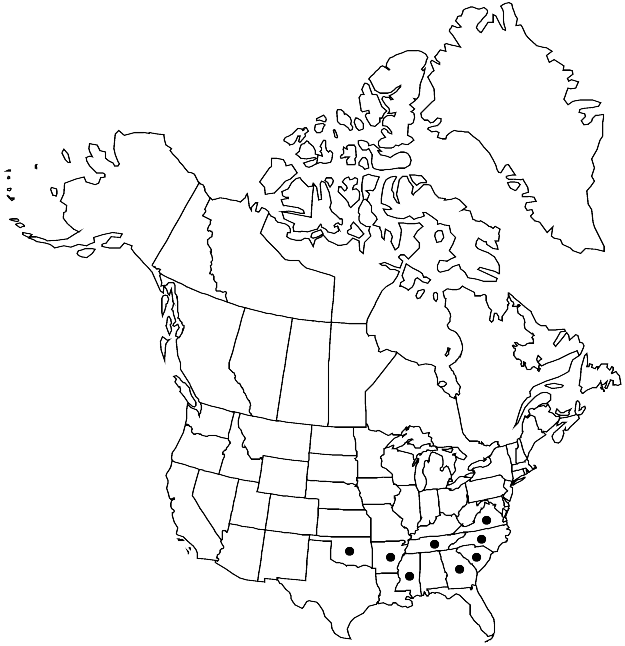Difference between revisions of "Cryphaea ravenelii"
Bot. Gaz. 2: 89. 1877.
FNA>Volume Importer |
imported>Volume Importer |
||
| (2 intermediate revisions by 2 users not shown) | |||
| Line 50: | Line 50: | ||
|publication year=1877 | |publication year=1877 | ||
|special status=Endemic | |special status=Endemic | ||
| − | |source xml=https:// | + | |source xml=https://bitbucket.org/aafc-mbb/fna-data-curation/src/2e0870ddd59836b60bcf96646a41e87ea5a5943a/coarse_grained_fna_xml/V28/V28_921.xml |
|genus=Cryphaea | |genus=Cryphaea | ||
|species=Cryphaea ravenelii | |species=Cryphaea ravenelii | ||
Latest revision as of 21:39, 5 November 2020
Stems with branches short to elongate, simple. Leaves ascending when moist, 1 mm; apex rounded to bluntly acute; costa ending in base of acumen, laterally spurred, tip 2-fid. Perichaetia with inner leaves 1.6–1.8 mm, apex apiculate or awn short, rough, to 1/6–1/4 length expanded portion of leaf. Capsule with peristome single; exostome teeth connate in pairs; endostome absent. Calyptra narrowly conic-subcucullate. Spores papillose.
Phenology: Capsules mature Apr–May.
Habitat: Trunks and branches of saplings, living and dead trees, exposed roots, forests
Elevation: low to moderate elevations (0-300 m)
Distribution

Ark., Ga., Miss., N.C., Okla., S.C., Tenn., Va.
Discussion
Cryphaea ravenelii is rare. Although similar at first glance to C. glomerata, the species can be easily distinguished by its blunt leaf apices and paired exostome teeth. Furthermore, the interior perichaetial leaves of C. glomerata have a greater tendency to be awned than those of C. ravenelii. Cryphaea ravenelii occupies the same habitats as C. glomerata, and the two species have often been collected growing together.
Selected References
None.